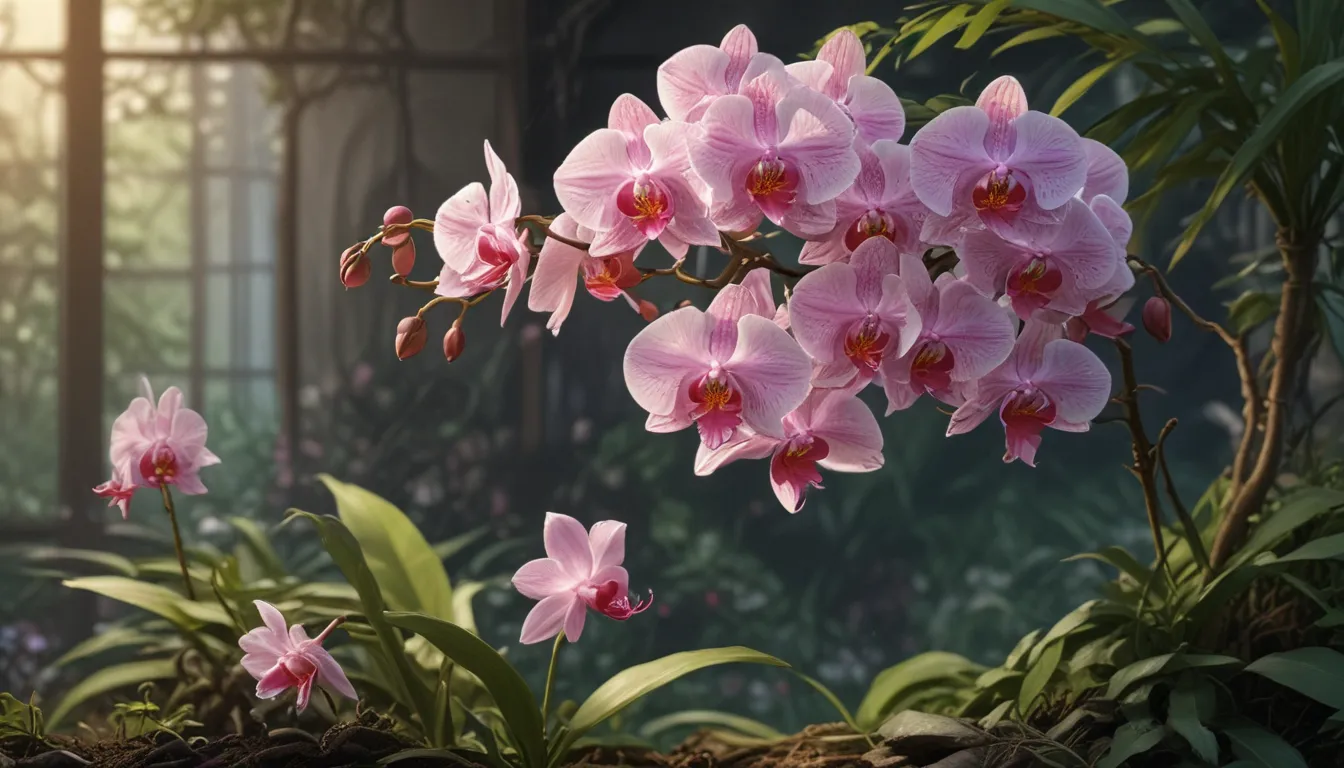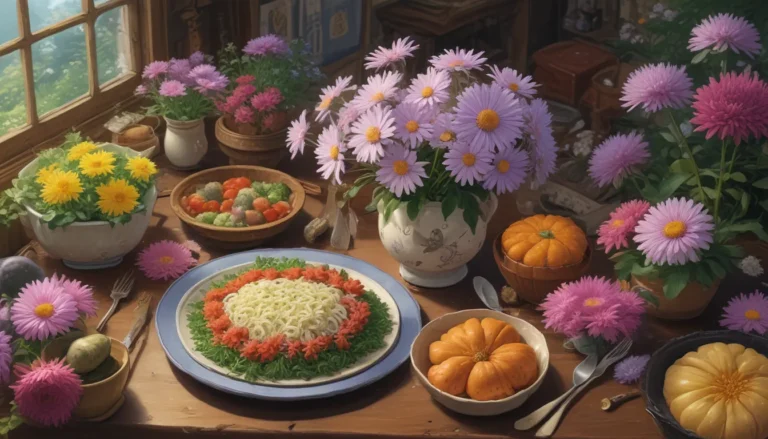Ultimate Guide to Understanding and Caring for Orchid Pseudobulbs

Orchids are absolutely captivating plants, with their unique flowers and peculiar swollen stems and roots. These swollen stems, known as pseudobulbs, are commonly found in many orchid species and play a crucial role in their care and maintenance.
If you want to ensure that your orchids thrive and flourish, understanding pseudobulbs is essential. This comprehensive guide will provide you with all the valuable information you need to know to keep your orchids healthy and robust.
So, let’s embark on a journey to unravel the mysteries of orchid pseudobulbs!
What You’ll Learn
- What Is a Pseudobulb?
- What Purpose Do They Serve?
- Types of Pseudobulbs
- Problems and Maintenance
What Is a Pseudobulb?
Despite the term “bulb” in their name, pseudobulbs do not grow underground. Instead, they are located above the soil and emerge from rhizomes. These structures, often mistaken for true bulbs, are actually modified succulent stems that store water and nutrients for the orchid plant.
In a study published in the International Journal of Plant Sciences, experts defined pseudobulbs as succulent structures that store more water than regular stems. They can vary in size and shape, from being slightly larger than the stem to as big and round as a hen’s egg, and are typically covered by a protective sheath that changes color as it ages.
While pseudobulbs can be found in both epiphytic and terrestrial orchid species, they are more commonly seen in terrestrial varieties. These structures have a shorter lifespan compared to the plant itself and may need to be replaced every few years.
What Purpose Do They Serve?
Pseudobulbs serve multiple functions in orchids. Apart from storing water and nutrients for times of scarcity, they also play a role in mineral storage and photosynthesis. They act as reservoirs that the plant can tap into when needed, aiding in its overall growth and development.
Types of Pseudobulbs
There are two main types of pseudobulbs: heteroblastic and homoblastic. Heteroblastic pseudobulbs consist of one internode, while homoblastic pseudobulbs are composed of two or more internodes. Additionally, orchids may have two types of pseudobulbs – backbulbs and green bulbs. Backbulbs are mature stems that have lost their leaves, while green bulbs are younger stems that still have foliage.
Problems and Maintenance
Maintaining orchid pseudobulbs is essential for ensuring the health of the plant. Wrinkling of pseudobulbs, especially in species like Oncidium, may indicate a lack of water. While providing water may help in some cases, older pseudobulbs naturally wrinkle over time.
If the protective sheath of the pseudobulb turns brown, it is advisable to remove it to prevent pest infestations. In rare cases where the pseudobulb itself turns brown, it may signal an issue with overwatering. Proper cleaning and repotting of the plant may be necessary to address this problem.
Additionally, pseudobulbs can be propagated through a method called striking, which involves removing old backbulbs to promote new growth. Patience is key in this process, as it may take several months for new growth to emerge.
Conclusion
Orchid pseudobulbs are fascinating structures that play a vital role in the growth and development of these unique plants. Understanding the purpose and maintenance of pseudobulbs is essential for cultivating healthy and flourishing orchids. By following the guidelines outlined in this guide, you can ensure that your orchids thrive and bring joy to your home.
So, next time you encounter these peculiar “false” bulbs on your orchid plant, remember to appreciate the critical role they play in keeping your orchid alive and flourishing.
Do you have a specific orchid species you’re growing? Are you facing any challenges in caring for them? Share your thoughts in the comments below, and our team will be happy to assist you.
Orchids are truly remarkable plants, and if you want to delve deeper into the world of orchids, check out our additional guides on topics such as encouraging orchids to rebloom, caring for moth orchids, and solving common orchid problems.
Remember, with the right care and attention, your orchids will continue to grace your home with their beauty and elegance. Happy growing!





